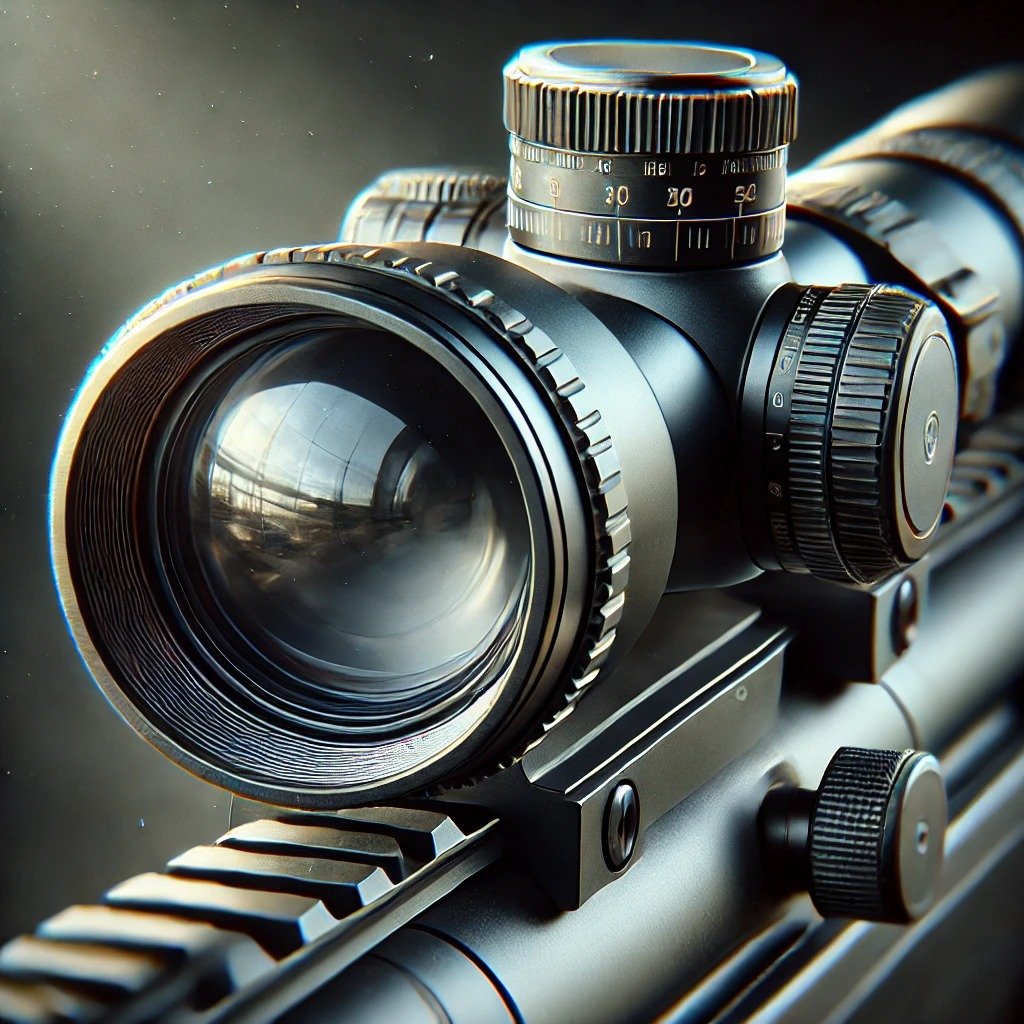When it comes to precision shooting, the scope objective lens plays a pivotal role in determining accuracy and clarity. Whether you’re a seasoned marksman or a novice hunter, understanding the nuances of the scope objective lens can significantly enhance your shooting experience. This article delves into the key aspects of scope objective lenses, including their function, different types, and how to choose the right one for your needs.
What is a Scope Objective Lens?
A scope objective lens is the large lens at the front end of a rifle scope, responsible for gathering light and focusing it to create a clear image of the target. The diameter of the objective lens is measured in millimeters and is typically the second number in a scope’s specification. For instance, in a 4×32 scope, 32mm refers to the diameter of the objective lens.
The size of the scope objective lens directly influences the amount of light that enters the scope. A larger lens allows more light to pass through, resulting in a brighter image, especially in low-light conditions. This is why hunters and shooters often prefer scopes with larger objective lenses for dawn, dusk, or dense forest environments.
The Role of Light Transmission
One of the primary functions of a scope objective lens is light transmission. The amount of light that passes through the lens directly affects the brightness and clarity of the image you see through the scope. High-quality objective lenses are designed to maximize light transmission, ensuring that the image is sharp and clear even in challenging lighting conditions.
Coatings on the lens also play a significant role in light transmission. Fully multi-coated lenses, which have multiple layers of anti-reflective coatings, are particularly effective at reducing glare and enhancing image brightness. This is essential for achieving precise shots, especially in competitive shooting or hunting scenarios where every detail matters.
Different Types of Scope Objective Lenses
Scope objective lenses come in various sizes and types, each catering to different shooting needs. Here are some common types:
Small Objective Lenses (28mm to 40mm)
Small objective lenses, typically ranging from 28mm to 40mm, are popular among hunters and shooters who prioritize a lightweight and compact scope. These lenses are ideal for shooting in bright daylight conditions where light transmission is not a major concern. The smaller size also means less weight and a lower profile, making it easier to carry the rifle over long distances.
Medium Objective Lenses (40mm to 50mm)
Medium-sized objective lenses, usually between 40mm and 50mm, offer a balanced combination of light transmission and portability. These lenses are versatile and suitable for a wide range of shooting conditions, from bright daylight to low-light environments. They provide a good balance between image brightness and scope weight, making them a popular choice for all-around shooting activities.
Large Objective Lenses (50mm and above)
Large objective lenses, 50mm and above, are designed for shooters who need maximum light transmission for clear images in low-light conditions. These lenses are commonly used in long-range shooting and hunting during dawn or dusk. However, the larger size adds weight and may require higher mounting rings to prevent the lens from touching the barrel, potentially affecting the rifle’s balance.
How to Choose the Right Scope Objective Lens
Selecting the right scope objective lens depends on several factors, including your shooting environment, the type of shooting you engage in, and personal preferences. Here are some considerations to keep in mind:
Shooting Environment
Consider the lighting conditions of your typical shooting environment. If you often shoot in low-light conditions, such as early morning or late evening, a larger objective lens (50mm or above) with high light transmission capabilities is advisable. For daylight shooting, a smaller lens (28mm to 40mm) may suffice.
Shooting Range
The distance at which you shoot also influences your choice of objective lens. For long-range shooting, where precision and clarity are crucial, a larger lens with superior light transmission is recommended. On the other hand, for short to medium ranges, a medium-sized lens offers a good balance of brightness and portability.
Rifle Compatibility
Ensure that the objective lens size is compatible with your rifle. Larger lenses may require higher mounting rings, which can alter the rifle’s balance and your shooting posture. It’s essential to test the scope on your rifle to ensure a comfortable and stable shooting experience.
Maintenance and Care of Scope Objective Lenses
Proper maintenance of the scope objective lens is crucial for ensuring long-lasting performance and image clarity. Here are some tips for keeping your lens in optimal condition:
Cleaning the Lens
Use a soft, lint-free cloth or a specialized lens cleaning brush to remove dust and debris from the lens surface. Avoid using abrasive materials that can scratch the lens coating. For stubborn dirt, use a small amount of lens cleaning solution applied to the cloth, not directly on the lens.
Protective Covers
Always use protective covers when the scope is not in use. This prevents dust, dirt, and moisture from accumulating on the lens. Some shooters also use lens caps during transport to avoid accidental scratches.
Storage
Store your rifle and scope in a dry, cool place to prevent moisture buildup, which can lead to fogging or lens damage. Consider using silica gel packs in your gun case to absorb any excess moisture.
Conclusion
The scope objective lens is a critical component that significantly impacts your shooting accuracy and experience. By understanding the different types of lenses, their roles in light transmission, and how to choose the right one, you can enhance your precision in various shooting scenarios. Proper maintenance and care will also ensure that your scope objective lens remains in top condition, providing clear and bright images for years to come. Whether you’re a hunter, competitive shooter, or hobbyist, investing in a quality scope objective lens tailored to your needs will pay off in the long run.











Leave a Reply